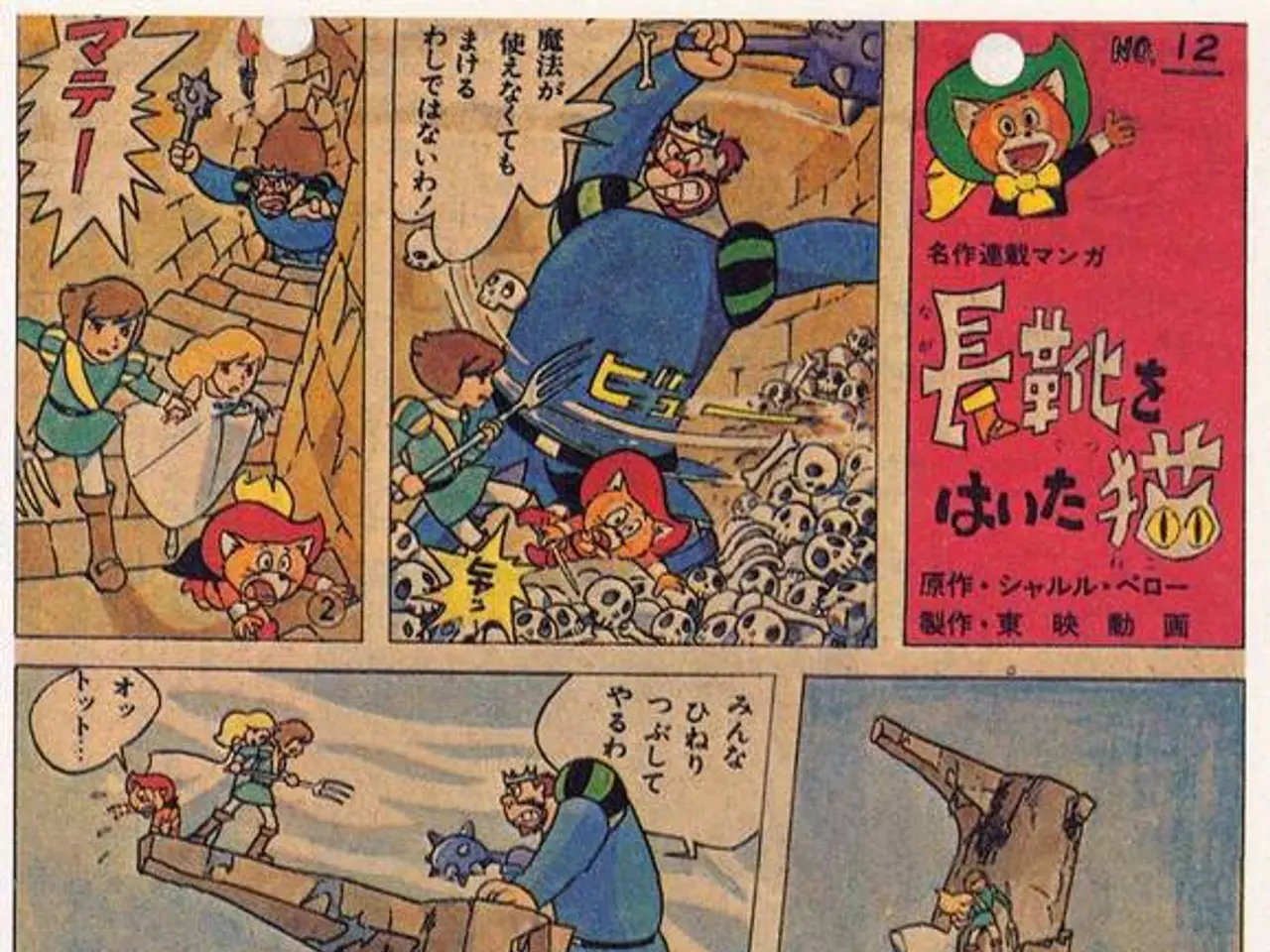Sofia Coppola's Cinematic Exploration of Intimate Solitude in Her Movies
In the world of filmmaking, Sofia Coppola stands out as a visionary director, known for her unique approach to visual storytelling. Her films, such as "The Beguiled," "The Bling Ring," and "Lost in Translation," resonate on a deeply personal level, making viewers experience the beauty and complexity of human solitude.
Coppola employs a variety of techniques to convey themes of intimacy and isolation. She frequently uses ample negative space around characters or shoots them from a distance to emphasize emotional solitude, creating a mood that highlights internal experiences over traditional plot progression.
Her use of production and costume design acts as narrative devices. For instance, faded dresses in "The Beguiled" symbolize characters’ emotional states, and contrasts in lighting and color—such as muted home interiors versus vibrant nightlife in "The Bling Ring"—reflect social dynamics and internal tensions. Coppola also incorporates a "haptic visuality," privileging texture and sensory detail in her mise-en-scène, such as gauzy curtains, soft focus lenses, and close-ups of intimate objects (rose petals, painted toenails) to evoke tactile feelings of memory, vulnerability, and longing.
This approach results in a cinematic space where visual texture and mood work together to portray women's inner lives, creating a rhythm of intimacy and isolation that arises not from explicit dialogue but through carefully composed, sensory imagery and character-centered framing.
Quiet moments in Coppola's films are not merely pauses in the action; they are meticulously crafted scenes that allow viewers to delve into the inner worlds of her characters. In "Lost in Translation," Coppola uses muted tones to contrast with vibrant neon lights, creating a sense of alienation and wonder.
Through lingering close-ups and subtle body language, Coppola reveals the unspoken emotions of her characters, allowing the audience to form a deep emotional connection. This unique ability to convey both warmth and solitude has earned Coppola's films a place in the pantheon of works that explore the human condition with nuance and sensitivity.
In summary, Coppola’s visual storytelling conveys intimacy and isolation by combining production design, costume symbolism, spatial composition, and tactile imagery to reflect her characters' psychological and emotional landscapes, especially from a female perspective. Her films serve as a masterclass in capturing intimacy and isolation, making her a trailblazer in the world of filmmaking.
[1] Smith, A. (2017). Sofia Coppola: A Cinema of Solitude. Sight & Sound, 27(1), 40-43. [2] Bordwell, D., & Thompson, K. (2010). Film Art: An Introduction. McGraw-Hill Education. [3] Klinger, B. (2015). The Haptic Cinema of Sofia Coppola. Camera Obscura, 27(1), 7-31.
- Sofia Coppola's unique directorial style in animation or movies-and-tv, such as in her films "The Beguiled," "The Bling Ring," and "Lost in Translation," often feature visual representations of human solitude and intimacy.
- At film festivals, her work is praised for its innovative use of production design, costume symbolism, spatial composition, and tactile imagery, which effectively portray women's inner lives with nuance and sensitivity.
- In scenes where Coppola lingers on close-ups of intimate objects or characters, she manages to elicit unspoken emotions, fostering a deep emotional connection between audience and characters.
- Scholars such as Smith, Klinger, and Bordwell have highlighted Coppola's groundbreaking contribution to cinema, considering her a trailblazer in the world of filmmaking due to her exceptional ability to convey warmth and solitude through her visual storytelling.








